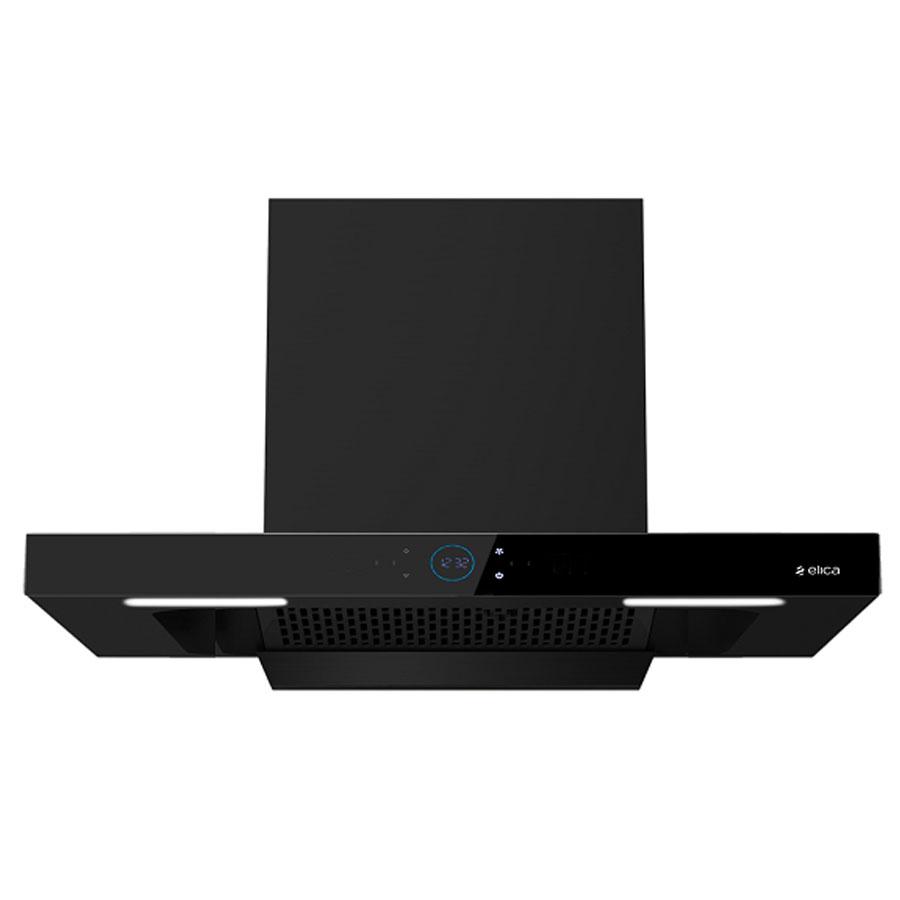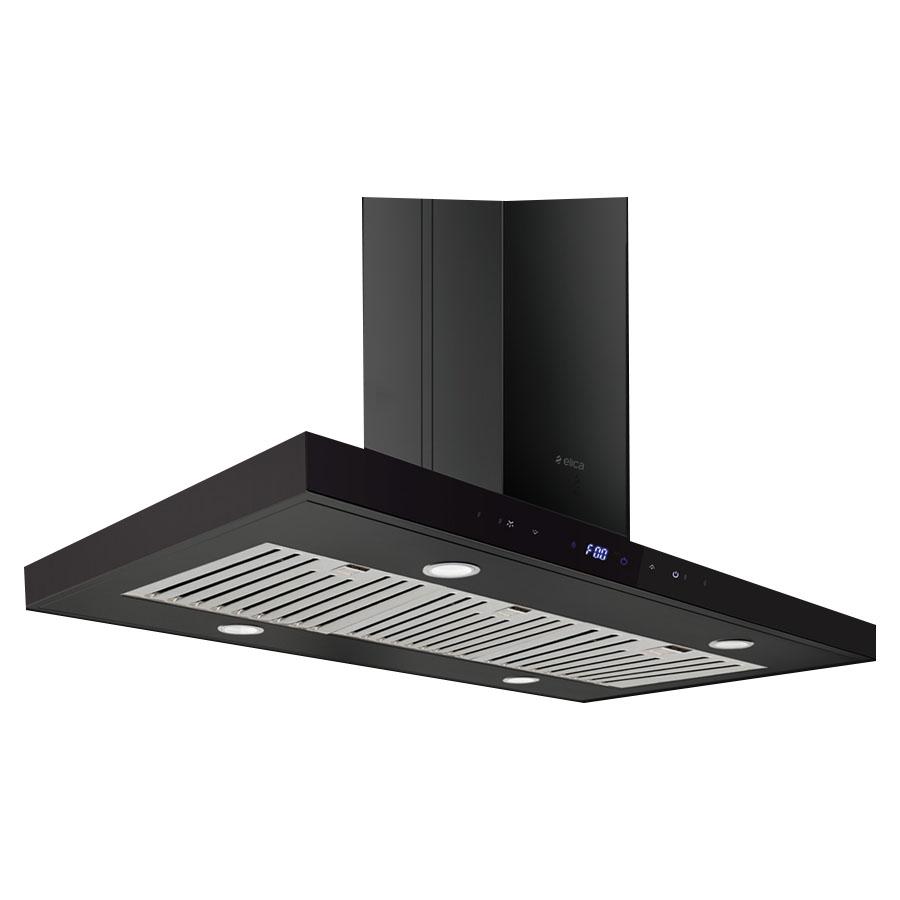Kitchen Chimney
Introduction
A kitchen chimney, also known as a range hood, is a device that is installed above the stove or cooktop to filter out smoke, grease, and other airborne particles produced during cooking. It is essential in modern kitchens, ensuring a clean, odour-free, and safe cooking environment.
Types of Kitchen Chimneys
Wall-mounted Chimneys: These are attached to the wall above the cooking area. They are ideal for kitchens where the stove is placed against a wall.
Island Chimneys: Designed for kitchens with a cooking island, these chimneys hang from the ceiling directly above the cooktop.
Built-in Chimneys: Integrated into the kitchen cabinetry, these chimneys are discreet and blend seamlessly with the kitchen decor.
Corner Chimneys: Installed in the corner of the kitchen, these are suitable for kitchens with limited space.
Key Features
Suction Power: The effectiveness of a chimney largely depends on its suction power, measured in cubic meters per hour (m³/hr). Higher suction power is essential for larger kitchens and frequent heavy cooking.
Filters:
Mesh Filters: Made of multiple layers of aluminum mesh that trap grease and other particles.
Baffle Filters: Designed to change the airflow direction and capture grease efficiently. They require less maintenance compared to mesh filters.
Charcoal Filters: Used for additional odor absorption, usually in ductless chimneys.
Duct vs. Ductless:
Ducted Chimneys: Use ducts to expel the air outside. They are more effective in removing smoke and odor but require proper ductwork.
Ductless Chimneys: Recycle the filtered air back into the kitchen. They are easier to install but may not be as effective as ducted chimneys.
Noise Levels: Modern chimneys are designed to operate quietly. Noise levels are measured in decibels (dB), and a quieter chimney typically ranges between 50-65 dB.
Auto Clean Feature: Some advanced chimneys come with an auto-clean feature, which uses heat or water to clean the chimney’s interior, reducing maintenance efforts.
Installation and Maintenance
Installation: Proper installation is crucial for the optimal performance of a kitchen chimney. It should be installed at a recommended height above the cooktop (usually 26-30 inches) to ensure effective smoke capture without interfering with cooking.
Maintenance: Regular cleaning is essential to maintain efficiency. Filters should be cleaned every two weeks to a month, depending on usage. Baffle filters are easier to clean and maintain compared to mesh filters. Chimneys with auto-clean features require less frequent manual cleaning.
Benefits
Improved Air Quality: By removing smoke, steam, and odours, chimneys significantly improve the air quality in the kitchen.
Reduced Grease Deposits: Effective filtration prevents grease from settling on kitchen surfaces, making cleaning easier.
Enhanced Cooking Experience: A clean, smoke-free environment enhances the overall cooking experience.
Aesthetic Appeal: Modern kitchen chimneys come in various designs and finishes, adding to the kitchen's aesthetic value.
Conclusion
A kitchen chimney is an indispensable appliance in contemporary kitchens, ensuring cleanliness, safety, and comfort. With various types, features, and designs available, choosing the right chimney depends on individual cooking habits, kitchen size, and aesthetic preferences. Regular maintenance and proper installation are key to maximising the benefits of a kitchen chimney, making it a worthy investment for any household.




